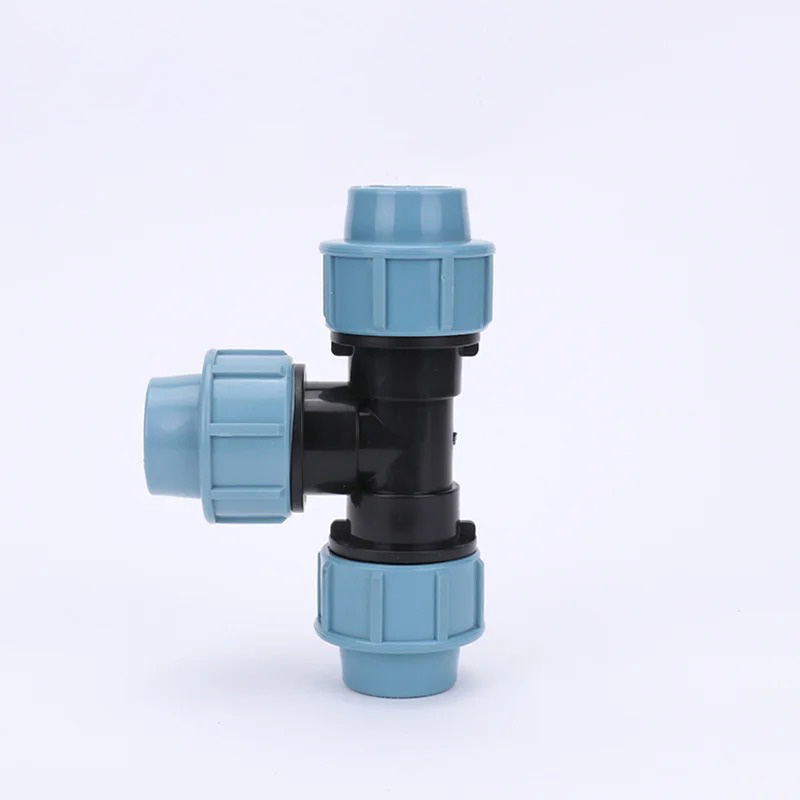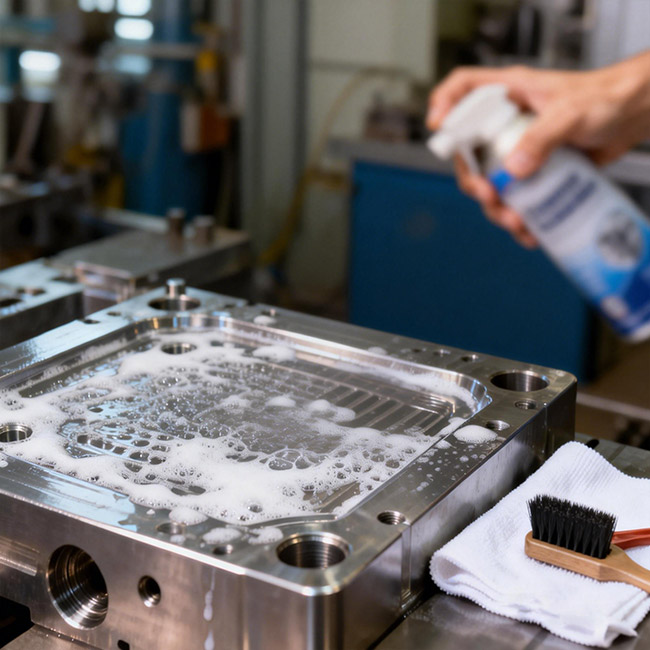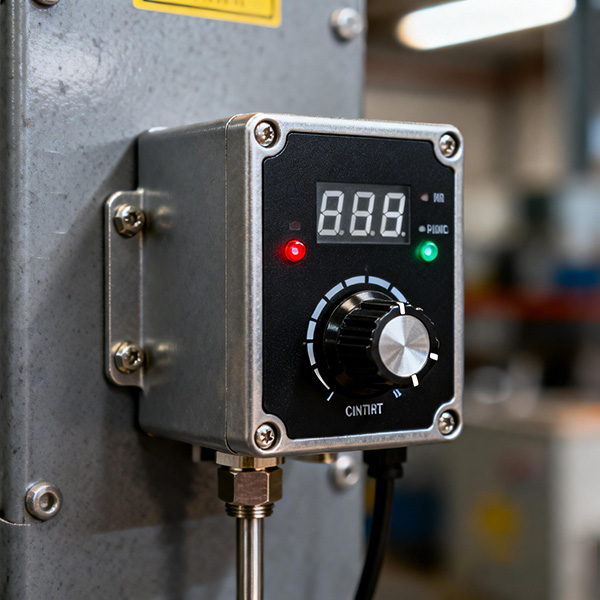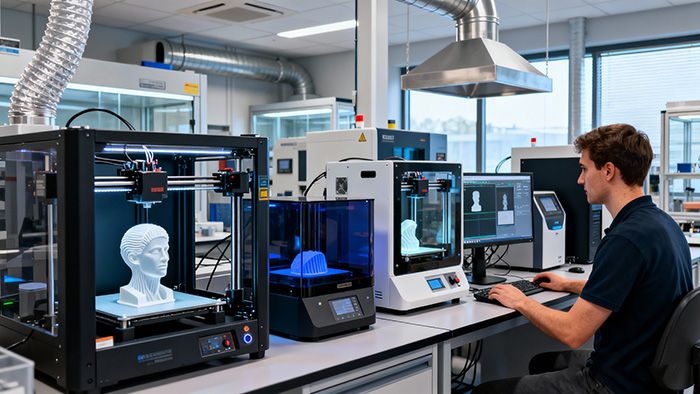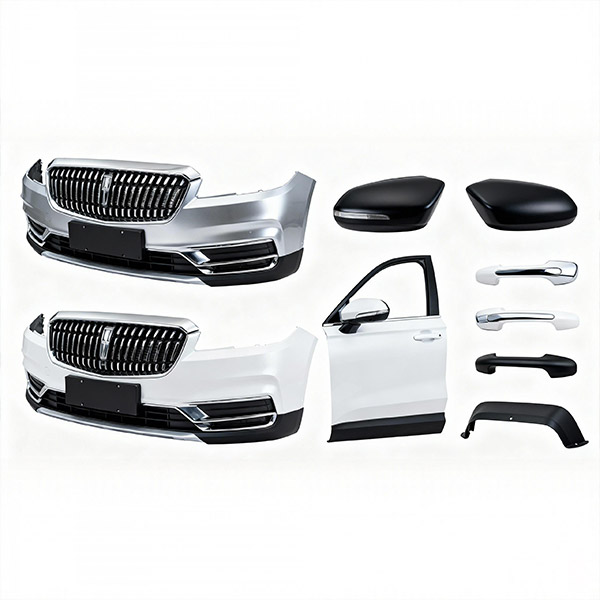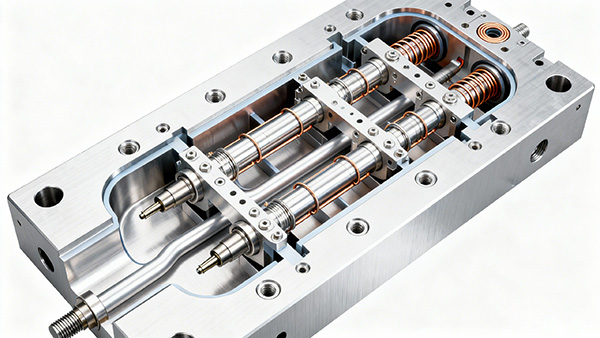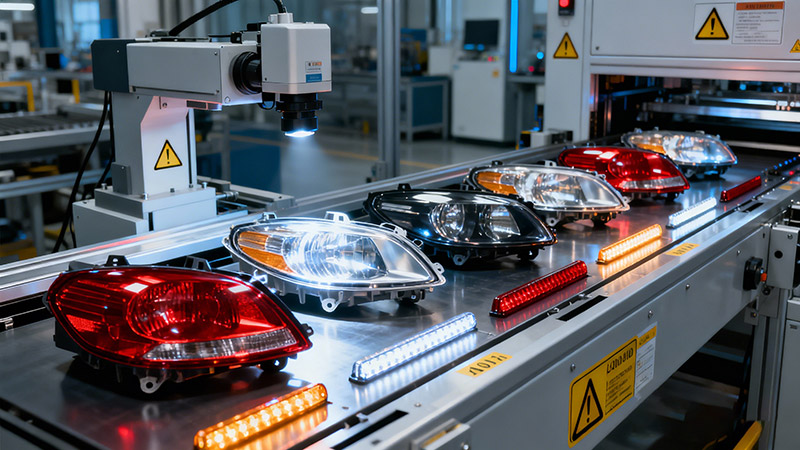Key Practices to Extend Mold Life and Ensure Stable ProductionInjection molds are core production as...
What Is HDPE Injection Molding? A Complete Beginner’s Guide
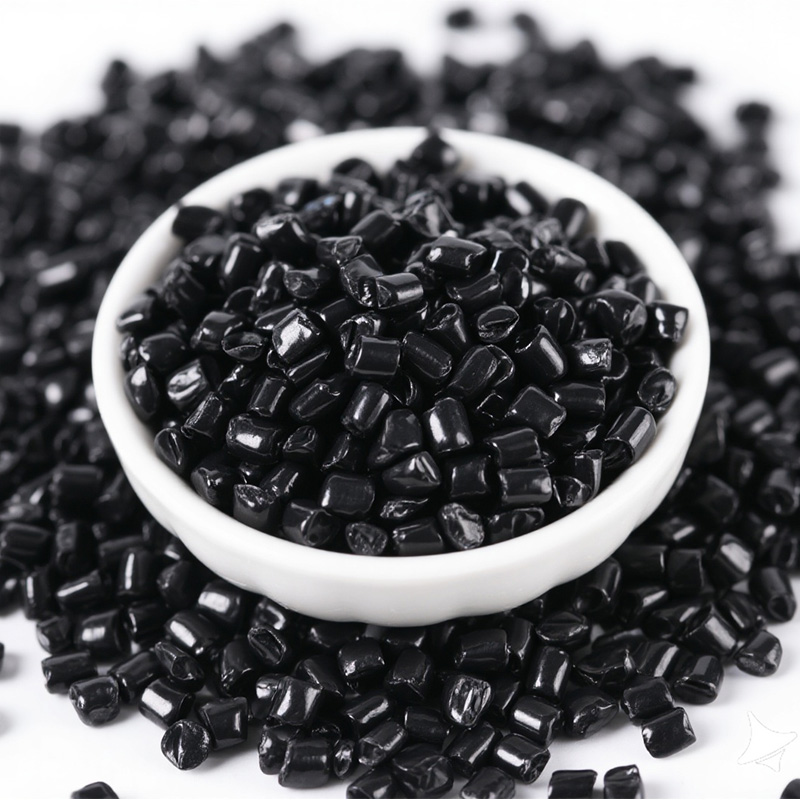
High-density polyethylene (HDPE) injection molding is one of the most common and cost-effective ways to produce durable, lightweight plastic parts at scale. This guide gives beginners a clear, practical overview — from what HDPE is and how it behaves, to the step-by-step molding process, pros and cons, and typical applications.
What is High-density Polyethylene (HDPE)?
HDPE (High-Density Polyethylene) is a semi-crystalline thermoplastic made from ethylene. It sits above LDPE (low-density polyethylene) in density and crystallinity, which gives HDPE greater stiffness, higher tensile strength, and better chemical resistance. HDPE is widely used because it balances performance, cost, and processability — making it a go-to material for injection molding of containers, caps, toys, piping components, and many other products.
Key quick facts:
Typical density: ~0.94–0.97 g/cm³
Crystalline material → relatively low permeability, high stiffness
Melting range: roughly 120–130°C (varies with grade)
Good chemical, moisture, and impact resistance
Injection-Molded HDPE Material Properties
Physical and Mechanical Properties
HDPE’s properties that matter for injection molding and part design include:
Stiffness and strength: Higher modulus than LDPE; good for structural parts.
Impact resistance: Excellent, especially at room temperature; some grades formulated for improved low-temperature impact.
Chemical resistance: Strong resistance to acids, bases, and many solvents — good for containers and piping.
Moisture absorption: Very low — dimensionally stable in humid environments.
Wear and friction: Low coefficient of friction; good for sliding parts and liners.
Thermal behavior: Lower heat deflection temperature compared to engineering plastics (not ideal for high-temperature applications).
Shrinkage: Moderate and somewhat anisotropic (depends on crystallinity and cooling rate); must be accounted for in tooling and tolerances.
Comparison with Other Thermoplastics (HDPE vs. PP and LDPE)
HDPE vs LDPE:
LDPE is more flexible, softer, and has higher elongation at break.
HDPE is stiffer, stronger, and better for load-bearing parts.
HDPE vs PP (Polypropylene):
PP typically has higher temperature resistance and better chemical resistance to some solvents.
HDPE often offers better impact resistance and easier recycling in many streams.
Design differences: PP can be more dimensionally stable in some geometries; HDPE tends to shrink more due to higher crystallinity.
Choosing between them depends on required stiffness, impact resistance, surface finish, cost, and operating temperature.
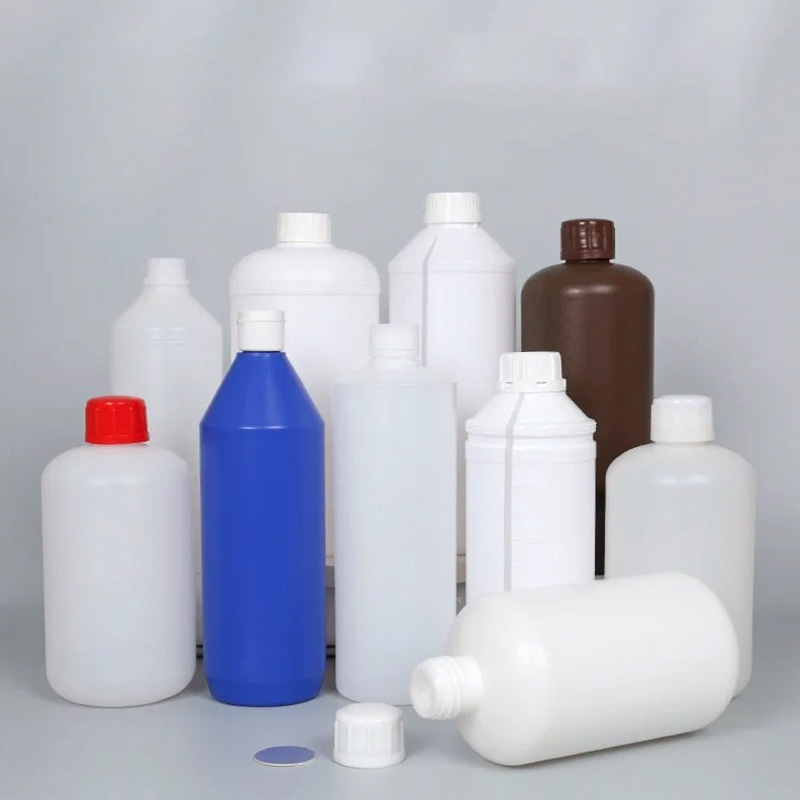
What is HDPE Used For?
HDPE is ubiquitous across many industries. Typical uses include:
Rigid containers (milk jugs, detergent bottles)
Caps & closures
Pipes and fittings (water and gas distribution)
Outdoor furniture and playground equipment
Automotive parts (tank components, non-structural trim)
Toys and consumer goods
Industrial crates, pallets, and storage bins
Its combination of toughness, chemical resistance, and low cost makes it a practical choice for both consumer and industrial applications.
Advantages of HDPE Injection Molding
Cost-effective material: HDPE is relatively inexpensive compared with many engineering plastics.
Excellent impact resistance: Durable in everyday handling and drop situations.
Good chemical resistance: Suitable for containers that contact detergents, acids, and alkalis.
Low moisture uptake: Dimensionally stable in humid environments.
High production rates: HDPE flows well when processed correctly, enabling efficient cycle times for many part geometries.
Recyclability: Widely recycled (often a high percentage of post-consumer or post-industrial recycling is possible).
Surface finish flexibility: Can be textured or polished depending on mold and process controls.
Disadvantages of HDPE Injection Molding
Lower heat resistance: Not suitable for applications requiring high continuous service temperatures.
Dimensional shrinkage and warpage: Its crystallinity can lead to higher and sometimes variable shrinkage, which requires careful mold design and process control.
Poor paintability and adhesion: Surface treatments or special primers are often required for painting or bonding.
Less aesthetic than some plastics: Surface gloss and detail reproduction are generally inferior to materials like ABS or PC unless carefully controlled.
Weld line weakness: Weld lines or knit lines may be weaker and require design consideration.
HDPE Injection Molding Process: Step-by-Step Explained
Material Selection & Preparation
Choose appropriate HDPE grade (medical, food-grade, high-flow, impact-modified, recycled blend, etc.).
Pre-process checks: moisture is not usually a major issue for HDPE, but contaminated or very humid recycled material may require drying or screening.
Melting & Plasticizing
HDPE pellets are fed into the injection molding machine’s barrel and heated to a molten state.
Typical melt temperatures vary by grade but are usually in the range of ~180–260°C depending on machine, colorants, and additives.
Injection
Molten HDPE is injected into the mold cavity under pressure.
Proper melt temperature, injection speed, and pressure are crucial to avoid defects like cold-flow lines or incomplete fills.
Packing / Holding
After the cavity is filled, additional material is held under pressure to compensate for shrinkage as the material crystallizes.
Correct packing time and pressure minimize sink marks and voids.
Cooling
Cooling time is a major factor in cycle time. HDPE’s crystallization and cooling rate influence shrinkage and final part dimensions.
Efficient cooling channel design and uniform wall thickness help reduce cycle time and warpage.
Mold Opening & Ejection
After adequate cooling, the mold opens and ejector pins push the part out.
Parts should be designed for safe ejection to avoid deformation.
Post-Processing (if needed)
Trimming, secondary machining, surface treatment, or assembly. Surface treatments for painting or adhesion may be necessary.
Quality Control
Inspect dimensions, mechanical performance, surface defects, and functionality. Adjust process parameters as needed.
Practical tips: keep wall thickness uniform where possible, design adequate draft angles for ejection, optimize gate size/location to minimize contamination and weld lines, and set cooling to balance cycle time and part stability.
Applications of Various HDPE Plastics
Different HDPE grades are tailored for specific needs:
Standard HDPE: General-purpose containers, caps, and consumer goods.
High-flow HDPE: Thin-walled parts and complex geometries where flowability is essential.
Impact-modified HDPE: Improved low-temperature toughness for outdoor or cold-climate products.
UV-stabilized HDPE: Outdoor furniture, tanks, and parts exposed to sunlight.
Food-grade HDPE: Compliant grades for food and beverage containers.
Recycled/PCR HDPE: Eco-friendly alternatives for non-critical applications, with attention to color and mechanical variation.
Each application demands matching the HDPE grade to performance, regulatory, and cosmetic requirements.
Conclusion & Next Steps
HDPE injection molding is a versatile, economical manufacturing route for many durable plastic parts. Its strengths — impact resistance, chemical stability, recyclability, and low cost — make it a staple material in packaging, piping, consumer goods, and industrial products. At the same time, designers and engineers must plan for shrinkage, cooling, and surface limitations associated with HDPE.
